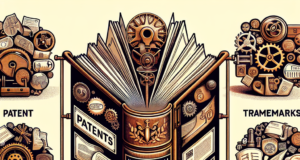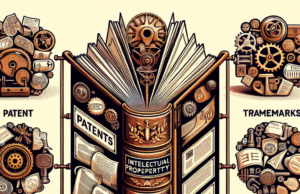
The World Intellectual Property Organization Copyright Treaty, commonly referred to as the WIPO Copyright Treaty, was passed in 1996 for the purpose of providing for the new requirements for copyright law in an era of rapid technological development, particularly that of the digital means for storing and accessing information.
The administrator of the WIPO Copyright Treaty, the World Intellectual Property Organization, is a United Nations Agency to which almost two hundred nations are signatory. It refers to the kinds of intellectual property and associated features that may not be used without permission or improperly tampered with but does not deal with extending the periods of time during which protection under copyright law may be enjoyed.
As an internationally-based agreement, the WIPO Copyright Treaty is not enforced as such in the various member states, but is implemented through the copyright law specifically fitted to the needs of the relevant country.
The WIPO Copyright Treaty was issued under the terms of the Berne Convention, one of the earliest agreements on copyright law made by European nations toward the end of the 19th Century. In order for a country to be signatory to the WIPO Treaty, it must already exist under the altered 1971 revision of the Berne Convention.
A primary tenet of the WIPO Treaty was to assure the place of software programs under the protection of copyright law. To this end, computer programs are considered under the Treaty to meet the qualifications of literary works as pertain to legal protection.
This aspect of the Treaty is provided for by Article 4 of the document. Other important measures for protection under copyright law are found in Articles 6, 7, and 8 of the WIPO Treaty, which provide for the performance of such rights as providing a work for distribution and renting by others to the creator.
Other rights provided through WIPO pertain to the practical measures included with electronic items for deterring copyright law violation. Article 11 makes it an offense to attempt to get past such safeguards, while Article 12 prohibits any alteration being made to the measures through which a program or device measures the compliance with copyright law of its user.
The WIPO Copyright Treaty plays a role in the various rules and procedures through which individual nations enforce their forms of copyright law and is generally associated with the more proactive or punitive measures taken for such a purpose, such as “take-down notices” issued by Internet Service Providers for content hosted through their services asserted to be in violation of copyright law. In the United States, these and associated practices are provided for under law by the Digital Millennium Copyright Act.
The governing body of the European Union provides for compliance with the rules of the WIPO Copyright Treaty through “directives,” which include Directive 91/250/EC, on copyright protection for software, Directive 96/9/EC, on copyright protection for databases, and Directive 2001/29/EC, on the breaching of technological safeguards.




















